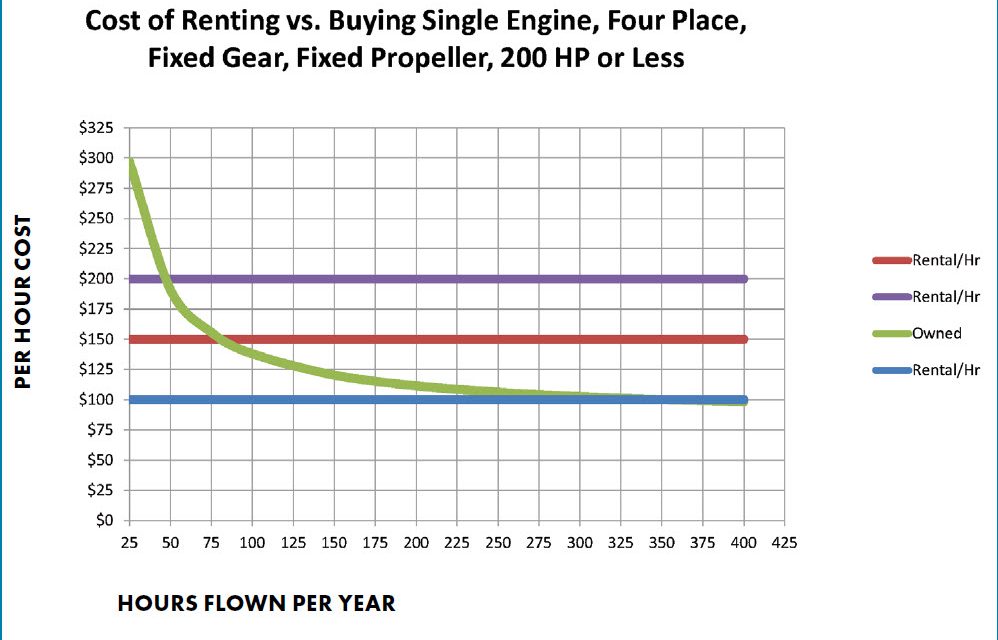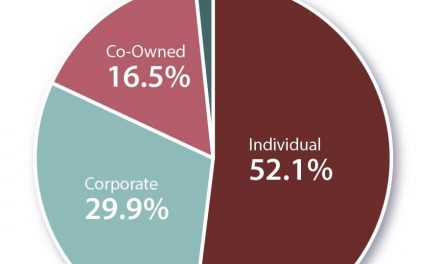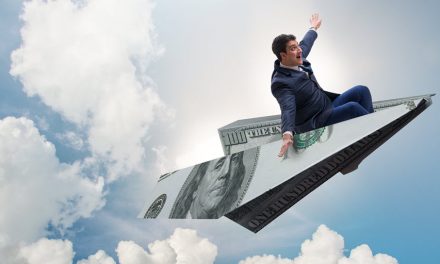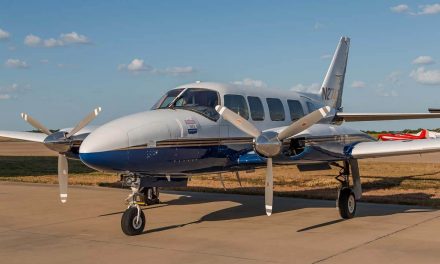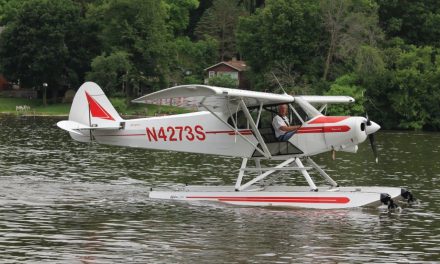Reducing the Variable Expenses of Ownership
Oshkosh AirVenture 2023 was a great experience. If you’ve ever been, you know it’s always hot. You also know there’s a chance of a thunderstorm or worse. And you also realize it’s the greatest place to see the most aircraft in one location. Plus, you can run into thousands of people that include pilots, “wannabe” pilots, and even non-pilots who just like aircraft.
One thing I think is important about AirVenture is the ability to talk to lots of people. Everyone from beginners to experts attend the show. Many of us in the industry volunteer to present forums about topics we are knowledgeable about. My forums usually cover topics about buying and owning aircraft and of course, insurance.
This year the forums I presented and the ones I sat in on were filled to capacity and very informative. I learned more about oil systems, fuels systems, and leaning past and before peak. Learning about new avionics and even new aircraft is almost overwhelming.
Talking to owners and buyers also gives me an idea about what’s on their minds, such as the cost of aircraft, fuel, and insurance, and ways to cut some of those costs.
I’ve covered this topic before but after AirVenture, I decided it’s worth discussing again. We all know it costs money to fly. So does driving a car, boating, riding a motorcycle, and almost every other activity we do, except maybe sleeping, unless you include the cost of the house, the bed, and and the fuel to run the furnace. When you consider that, you realize that you can’t sleep for free!
To estimate the cost of ownership, let’s break it down into three basic areas: fixed costs, variable costs, and extras.
Fixed Costs
Fixed costs are those things that don’t really change from month to month or day to day. Once they’re calculated, they’re the same for the duration of the ownership. Typical fixed costs are the annual inspection, insurance, and storage.
Disclaimer:
These are my ideas, and I know there are readers who are saying that there’s no way for an annual to be included in the fixed cost. Well, you’re sort of right. The reason I’m including it is that there are typically established labor hours for the annual. That is, there are a set number of hours to take the aircraft apart, inspect it, and put it back together. Note that I didn’t say “annual fix and repair.” I just said, “annual inspection.” So, the true basic annual only includes the time needed to inspect the aircraft. Fixing things costs extra.
I think most owners assume (remember what “assume” means?) that the annual is a fly in, drop off, and fly home arrangement and. for the most part, it is. The problem is that as owners, we don’t consider the time and cost associated with just the annual inspection. We assume the annual is inspecting and repairing and doing it all in some allotted amount of time. But disassembling the aircraft and preparing it for the inspection is a huge labor expense. And during that time, nothing must be fixed, just inspected.
How many times have we picked up our aircraft after the annual and realized that we just spent a bunch of money? Thousands of dollars are drained from the wallet of the owner, and who do we call? The mechanic. We start complaining about the cost of the annual, and the mechanic tries to explain all the work he did to the aircraft and all the time it took to disassemble it.
Take a quick walk around any aircraft. Think of all those rusted screw heads on the inspection plates! Or better yet, just think about removing all those screws from the inspection plates. How many cordless screwdriver batteries does that take? Most FBOs give away a tremendous number of hours in free labor, which is labor that they could and should charge for, but the owners would throw a fit about.
For example, if I own a light twin, the basic annual will probably cost me about $5,000. That’s for the inspection. If an owner gets a bill for $6,000 on an annual, he thinks it costs too much. Yet the labor cost alone is $5,000. Only $1,000 was charged for repairs or parts. That’s really a cheap annual.
Anyway, I’ll get off my soapbox now. That’s why I put the basic cost of the annual as a fixed expense. The variable or unexpected expense is the repairs — anything on top of the basic labor cost of the inspection.
Hangar rent and insurance are the two other fixed costs. If I’m renting a tiedown space or a hangar, it costs me a set amount per year. I can base my operating cost on that amount each month. Of course, there might be inflationary increases or changes in the cost created by moves or some other factor, but it is a fixed cost, not dependent on the number of hours I’m flying.
Insurance is variable from year to year, but once you commit to purchase a policy, it’s an annual premium. You have a fixed amount to divide over the number of hours you fly, by month or by day. It doesn’t change because I fly more hours or less during the year. It will make a difference at renewal, however. If I flew a lot last year, my rate might change for next year. But again, it’s a set price for the year.
Variable Costs
The rest of this article can be seen only by paid members who are logged in.Have a website login already? Log in and start reading now.
Never created a website login before? Find your Customer Number (it’s on your mailing label) and register here.
JOIN HERE
Still have questions? Contact us here.

